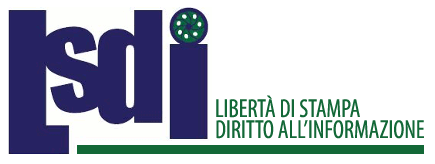Giornali: contro la crisi un modello ibrido web-stampa
Le valutazioni di Moody’s in uno studio diffuso giovedì scorso e analizzato da Editor&Publisher
———-
C’ è una soluzione immediata per risolvere i problemi del settore Newspaper: abbandonare il ‘’paper’’ e puntare tutto sulle ‘’news’’. Almeno secondo Moody’s.
Lo segnala Editor & Publisher annunciando uno studio, diffuso giovedì, in cui Moody’s cita, fra l’ altro, una ‘’disfunzione strutturale’’ visto che i quotidiani spendono il 70% del loro budget in stampa, distribuzione e gestione del personale, mentre solo il 14% va alla creazione dei contenuti (il restante 16% va alla struttura per vendita della pubblicità).
John Puchalla, il vicepresidente di Moody’s che ha firmato il Rapporto, non si spinge fino a raccomandare di andare verso un modello web-only, ma spiega che un ‘’modello fortemente ibrido’’, con prevalenza online e una frequenza ridotta del ricorso alla stampa, potrebbe invece funzionare.




